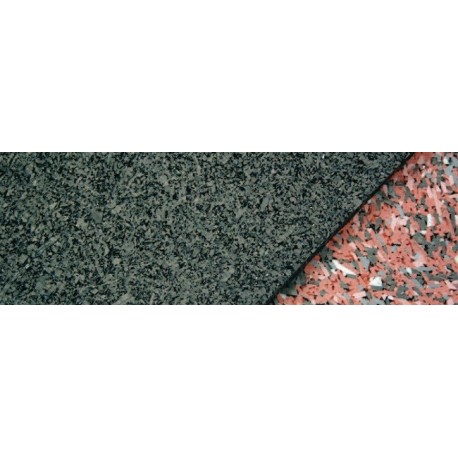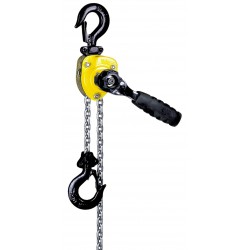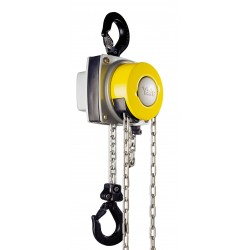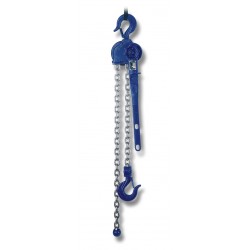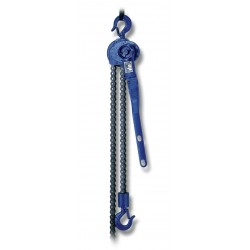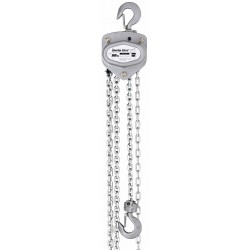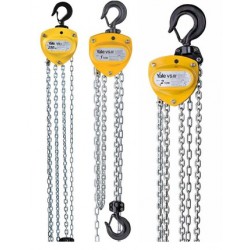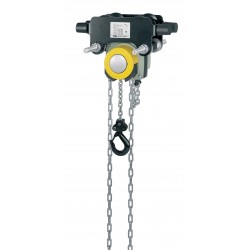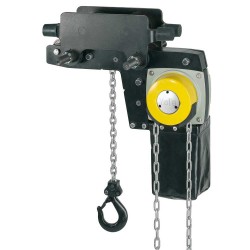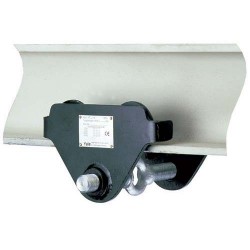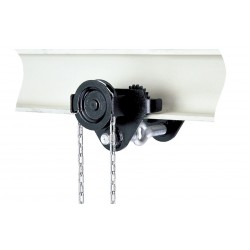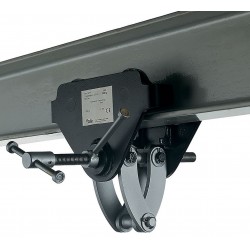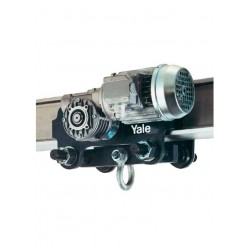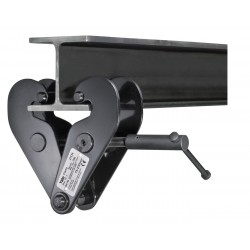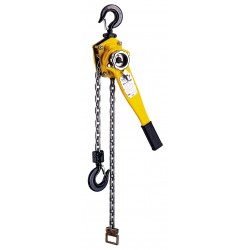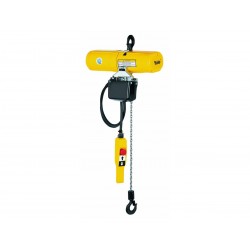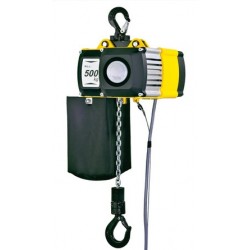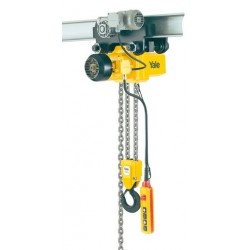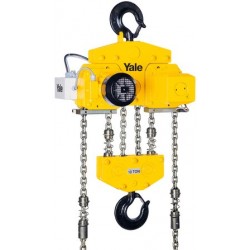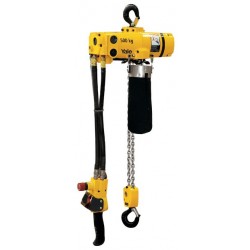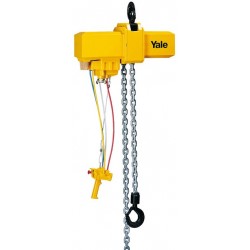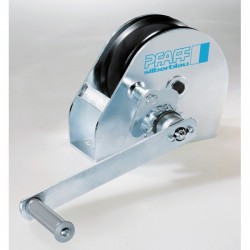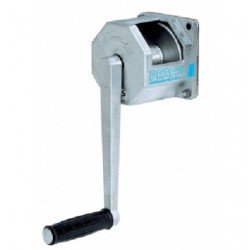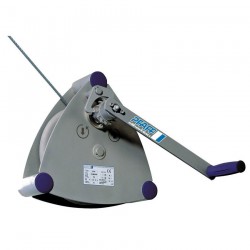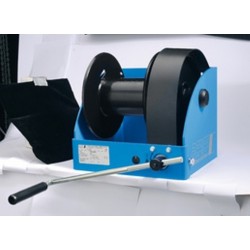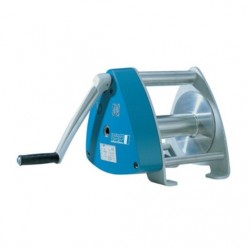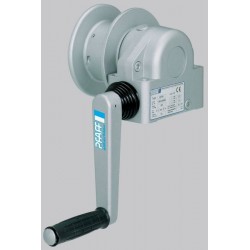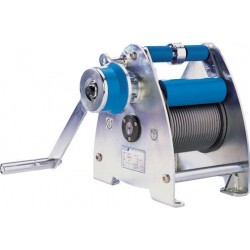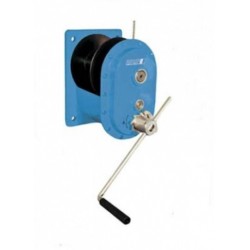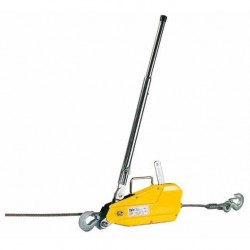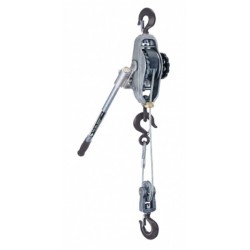YALE ZGZB-ARM Slip restraining mats
ZGZB-ARM
Manufactured from compressed rubber granulate to achieve a defined friction coefficient of ì = 0.6. Even if an emergency stop or evasive action is being taken – the cargo trucks or train wagons must not move. But only in very few cases the vehicle structure alone will offer sufficient load security.
on demand
More info
Manufactured from compressed rubber granulate to achieve a defined friction coefficient of ì = 0.6. Even if an emergency stop or evasive action is being taken – the cargo trucks or train wagons must not move. But only in very few cases the vehicle structure alone will offer sufficient load security. For this reason, slip restraining devices should belong to the standard equipment of every professional transport. Slip restraining mats will decrease the danger which emanates from plain loading platforms. They will reduce the required total pre-tensioning forces during over top lashing of loads and will contribute – together with the textile lashings – that the loads will form a single unit with the vehicle or wagon. The slip restraining effect will benefit especially those products, which do not stand a high surface pressure. The dangers resulting from incorrect load lashing practices are often underestimated. Acceleration forcesin standard driving situations are close to the dead weight of the load.
The friction force FW of a slip restraining mat impedes load displacement and is physically explained as follows:
FW = m x G
G = Weight force
m = Friction value
The difference between inertial force F and friction force FW is called securing force FS.
FS = F - FW
The securing force FS is the strength which has to be absorbed by the safety devices.

